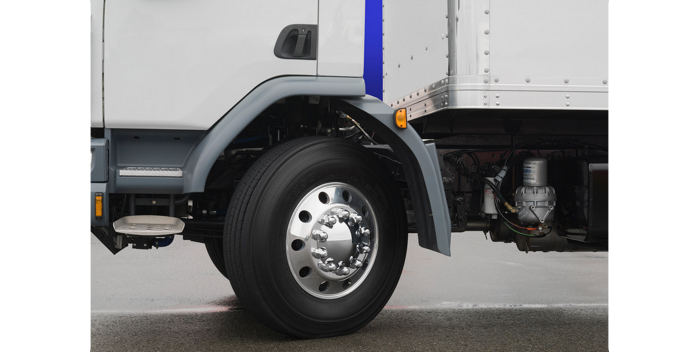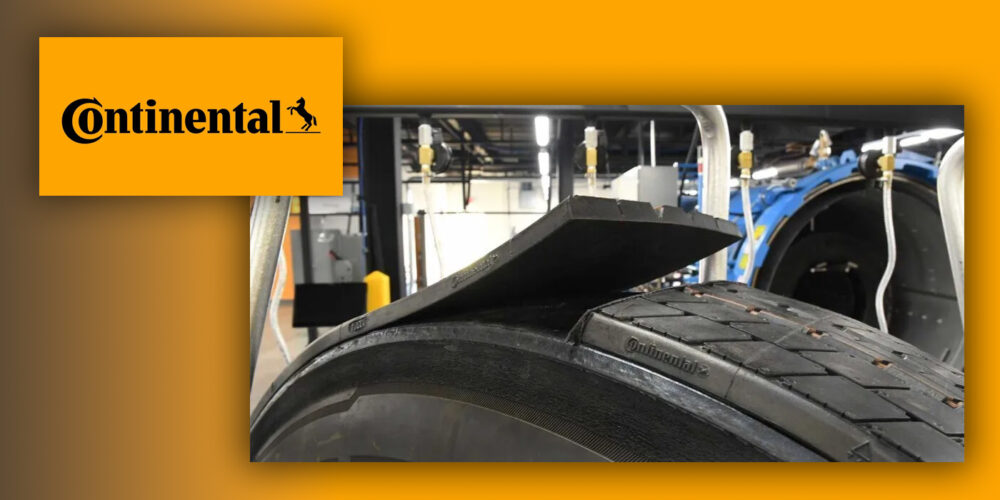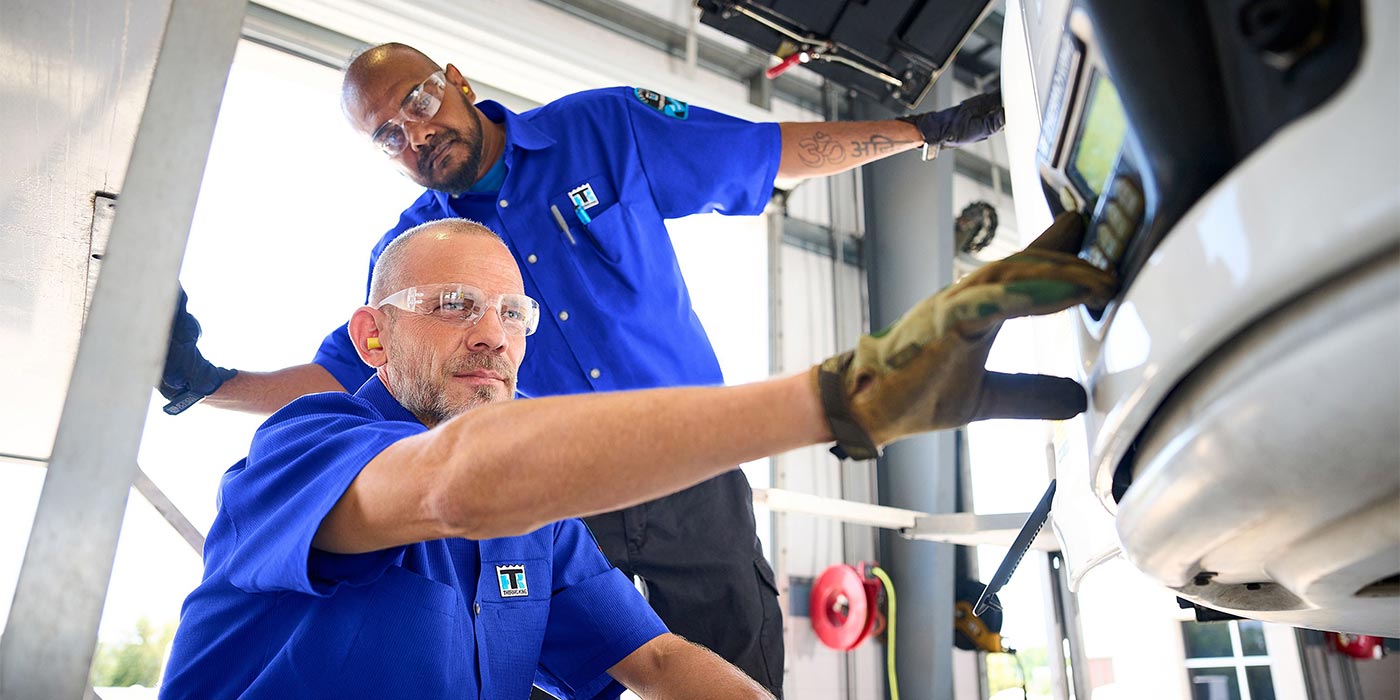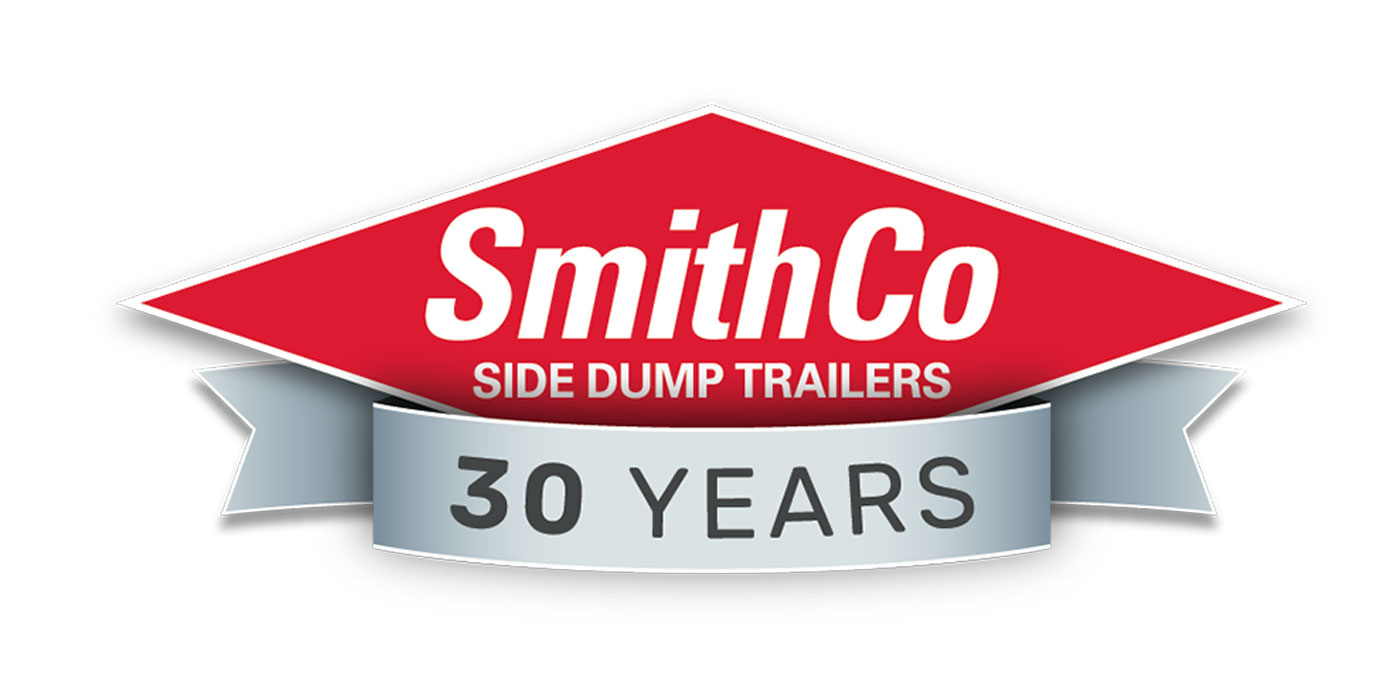It’s all about capturing data, analyzing it, acting on the results and repeating the process. It may seem laborious and time consuming, but it has the potential to vastly change your equipment operation. Know that you are not alone in this process. The help of a servicing dealer or tire manufacturer is just a phone call or email away. They can help survey your fleet periodically. Surveys can look at a percentage of tractors and trailers to understand how well air pressure is being maintained, Cooper Tire’s Schroeder explained. They can also look for wheel-end conditions, tire related conditions and tread depths. From these surveys, fleets may identify how well their equipment is being maintained and where the opportunities are to minimize downtime whether that is an expensive road service call or a CVSA violation.
“Any software solution is really only as good as the expertise behind the data. The absolute best way for a fleet manager to implement any software or hardware solution is to fully align with a knowledgeable dealer and manufacturer,” Bridgestone’s Loos said. “From gathering data to analysis, the power of the tool is multiplied exponentially by some of the best tire advisors in the industry working closely with the fleet manager to put that system into action.”
Most importantly, don’t give up. Nothing good happens quickly. As long as you have tailored your tire analysis to meet the needs of your trucks, your hard work will pay off.
“Be committed to the policy,” stressed Rick Phillips, Yokohama’s vice president of sales. “We have worked with several fleets over the years and helped them implement tire policies only to visit the fleet a few months later to see it has been abandoned. Sometimes a change in policy might take a while to see the benefits so they have to be committed.”
Great expectations
Yes, a well thought-out and analyzed tire management program has the potential to be transformative, but let’s not get ahead of ourselves. That potential will not perform tire management miracles. You need to be sure to set your expectations accordingly.
“Performance expectations need to be realistic and take into consideration all aspects of the operations,” Michelin’s Crehan stressed. “If a fleet runs both long-haul and regional applications, then the expectations must be different for each segment of the operation. Likewise, fleets with multiple locations in different regions may need to adjust their expectations for that zone. It would be unrealistic to have the same targets.”
Crehan explained that safety is the No. 1 priority. Fleet managers should consider safety first by utilizing their key success factors with specific knowledge of their fleet, its challenges and issues and the historical data. By using the fleet records systematically, good decisions can be made for the fleet’s advantage. It allows for the true and total cost of the operation to be calculated beyond the initial purchase price of the tires. Records should be commensurate with the size and complexity of the fleet, not be based on recollection and opinion.
“It is also important to remember that a tire that performs one way in one fleet may not perform the same way in another fleet,” said Bridgestone’s Loos. “After proper air pressure maintenance, driver experience and handling knowledge is the second-most important factor when it comes to maximizing a fleets tire assets. Typically, there is a wide variance in how long tires last or how many miles per gallon they deliver between most experienced and least experienced drivers. Identifying the best practices of the fleet’s best drivers is a great starting point.”
“Expectations should be set in identifying focused areas for improvement and then setting practices and policies for incremental improvements,” Giti’s Gunn concluded. “When eating elephant it is best done one bite at a time. It is easier to manage in working toward a goal. Sweeping change management often falls victim to a ‘flavor of the month mentality.’”













